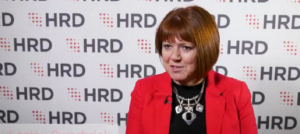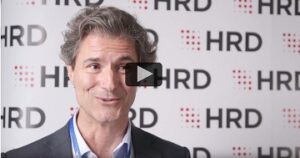R&D spending trends highlight future global talent crunch
- 3 Min Read
Organisational research and development investment is increasingly being directed towards software and services instead of product offerings, with a significant effect on recruitment needs.
- Author: Owain Thomas
- Date published: Oct 26, 2016
- Categories

Organisational research and development investment is increasingly being directed towards software and services instead of product offerings, with a significant effect on recruitment needs.
The desire for these software and service skills is also driving mergers and acquisitions activity.
The spending shift means that by 2020 almost two-thirds of R&D spending by the world’s top 1,000 companies will be in software and services, according to PwC’s Global Innovation 1,000 study.
As a result, companies will recruit fewer mechanical engineers and more data and software engineers to build their capabilities, potentially leaving a recruiting challenge for HR teams.
By 2020 the proportion of companies expecting data engineers to be their largest group of employed engineers is set to double from 8% to 16%.
In contrast, the number of companies expecting electrical engineers to be their top employed engineering specialty is predicted to fall by 35%.
Among companies that made an acquisition during the past five years, the vast majority (71%) were made to enhance capabilities in software (33%) or services (38%).
Tackling digital skills gap must be a priority
Talent shift
“An increase in software and services, even in more traditional industries has created a shift towards hiring talent that can develop software and provide platforms to collect and analyse product-related data,” said PwC US principal Barry Jaruzelski.
“The shift is already changing the way business schools think about their course offerings, and will have profound effects both on education and, more generally, on the future of employment,” he added.
It appears the investment in software development was well founded: companies which allocated more of their budgets to software offerings reported significantly faster revenue growth than others.
The key global trends revealed were:
- Companies are shifting R&D spending away from physical products to software and services, with spending on software offerings increasing by 65% since 2015,
- By 2018, the healthcare sector will surpass computing and electronics to become the largest R&D spending industry globally, and the software and internet industry will leap ahead of the automotive sector,
- The top five R&D spenders globally are Volkswagen, Samsung, Amazon, Alphabet (Google) and Intel, with Amazon and Google moving up the list (+4 and +2 positions, respectively).
“Many of the world’s major innovators are in the middle of a transformational journey mostly driven by changing – and rising – customer expectations,” Jaruzelski added.
“The shift is also being driven by the supercharged pace of improvement in what software can do, including the increasing use of embedded software and sensors in products, the ability to reliably and inexpensively connect products, customers and manufacturers via the Internet of Things (IoT), and the availability of cloud-based data storage.”









